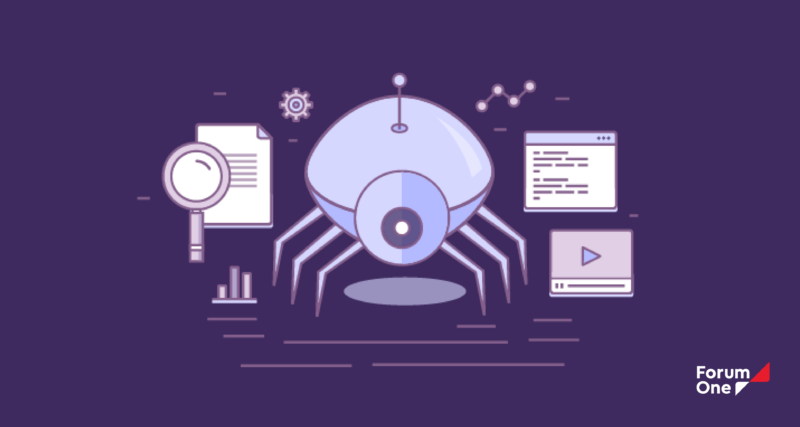Blog Insights
Are Bots Slowing Down Your Website Performance?

Imagine this scenario: Your organization’s website, the digital embodiment of your mission and services, the hub of your research and impact, is grappling to meet the increasing demand. But what could be the underlying issue?
Recently, several organizations we work with have seen an influx of LLM (Large Language Model) crawlers causing sluggish website performance. These advanced AI-powered bots traverse the internet, indexing data from content-rich websites. Abundant with resources and valuable information, websites serve as prime targets for these bots. Seeking to enhance their learning algorithms, LLMs’ relentless crawling can gobble up your server’s resources and bandwidth, resulting in delayed load times and frustrated visitors.
Approaches for mitigation and enhancing future readiness
Security measures meant to deflect bot attention can result in blocked access or annoying CAPTCHA challenges for genuine users. So, what can you do to address these issues and future-proof your site? While the issue of LLM crawlers may seem daunting, taking proactive measures will help protect your site and ensure a positive user experience. Stay vigilant, invest in the right tools, and foster collaboration to navigate this challenge successfully.
1. Identify and filter
First, invest in tools designed to identify and filter out excessive bot traffic. These tools use advanced algorithms to distinguish between human visitors and automated bots, allowing you to prioritize resources for genuine users. Explore options like Cloudflare Bot Management and Akamai Bot Manager, which offer comprehensive bot detection capabilities to mitigate the impact of LLM crawler bots on your site’s performance.
2. Implement web application firewalls
Consider implementing web application firewalls (WAFs) to add an extra layer of defense against malicious bot activity. WAFs analyze incoming traffic and block suspicious requests before they reach your web server, safeguarding your site from bot-driven attacks and performance degradation. Popular solutions like ModSecurity and Sucuri offer customizable rule sets and proactive threat monitoring to enhance your website’s security.
3. Apply content delivery networks
Leverage content delivery networks (CDNs) to optimize your site’s performance and mitigate the impact of bot traffic on your origin server. CDNs cache static content and distribute it across a global network of servers, reducing latency and improving load times for visitors. Providers like Cloudflare, Amazon CloudFront, and Fastly offer CDN services with built-in bot management capabilities, enabling you to maintain optimal performance for human users.
4. Set boundaries with rate limiting and caching
Optimize your site’s infrastructure by implementing techniques like rate limiting and caching. Rate limiting sets boundaries on how many requests your server can handle simultaneously, preventing it from becoming overwhelmed by bot traffic. Caching stores copies of frequently accessed content, improving server efficiency and ensuring fast and responsive performance.
Don’t face these challenges alone
Remember, most organizations are facing these same issues. Collaborate with your peers, hosting partners, and industry experts to share insights and stay informed about emerging trends in bot management. By pooling resources and knowledge, we can collectively work towards solutions that benefit everyone.
Interested in discussing solutions tailored to your circumstances? Get in touch! Forum One is working alongside many organizations to tackle these hurdles and uphold their websites and missions. Whether you need support to execute LLM bot strategies, enhance your site’s performance, or navigate the dynamic digital security landscape, we’re here for you.
